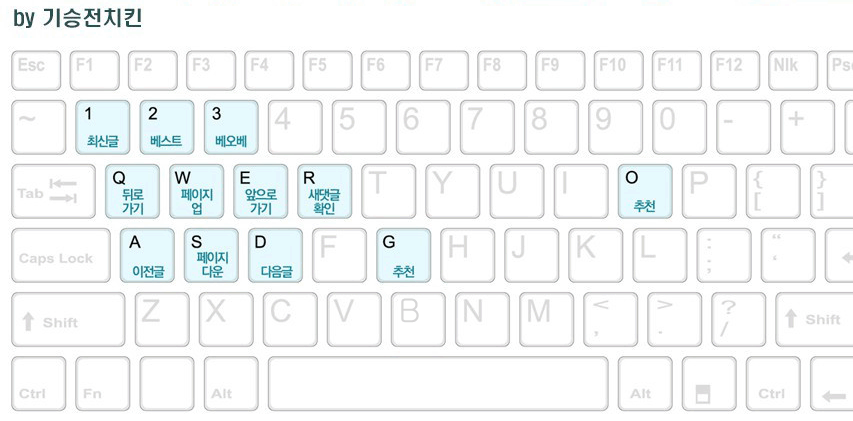문제
50. The nurse finds an injured person sitting in a chair, obviously in shock. What should the nurse do?
1. Keep the head elevated; give a stimulant in small sips
2. Apply tourniquets to three extremities, rotating one every 15 minutes
3. Surround the body with a warm blanket or chemical heating pads if available
4. Place the person in the supine position, prevent chilling, and give fluids if possible
89. A client with upper GI bleeding develops a mild anemia. What should the nurse expect the physician to order for this client?
1. Epogen
2. Dextran
3. Iron salts
4. Vitamin B12
93. During a blood transfusion a client develops chills and a headache. What is the priority nursing action?
1. Cover the client
2. Stop the transfusion at once
3. Notify the physician immediately
4. Decrease the rate of the blood infusion
110. The nurse is caring for a client with a diagnosis of polycythemia vera. The client asks, "why do I have anincreased tendency towoard coronary and cerebral thrombosis?" The nurse's best response is, "This increased tendency is attributable to:
1. Elevated blood pressure."
2. Increased blood viscosity."
3. Fragility of the blood cells."
4. Immaturity of red blood cells."
662. Which nursing action can best prevent infection from urinary retention catheters?
1. Cleansing the perineum
2. Encouraging adequate fluids
3. Irrigating the catheter once daily
4. Cleansing around the meatus periodically
664. The nurse is providing client teaching to a woman who has recurrent urinary tract infections. Which information should the nurse include concerning the reason women are more susceptible to urinary tract infections than men?
1. Inadequate fluid intake
2. Poor hygienic practices
3. The length of the urethra
4. The continuity of mucous membranes
665. A client in a nursing home is diagnosed with urethritis. Before initiating treatment orders, What should the nurse plan to do?
1. Start a 24-hour urine collection
2. Prepare for urinary catheterization
3. Teach how to perform perineal care
4. Obtain a urine specimen for culture and sensitivity
667. For what should the nurse monitor when caring for a client who has hematuria?
1. Intractable diarrhea
2. Acetone in the urine
3. Symtoms of peritonitis
4. Gross blood in the urine
704. The nurse is caring for a client who is HIV-positive. It is most important for the nurse to teach the client how to prevent:
1. Infection
2. Depression
3. Social isolation
4. Kaposi's sarcoma
712. A client is admitted with the diagnosis of tetanus. It is most important for the nurse to observe for which clinical indicator?
1. Muscular rigidity
2. Respiratory tract spasms
3. Restlessness and irritability
4. Spastic voluntary muscle contractions
해설
50.
4. This position is useful in treating shock because it promotes gravity- induced venous return. Warmth and fluids are also supportive to the person.
1. These are not methods used in the treatment of shock. Keeping the head of the bed elevated decreases cerebral perfusion. 2. This promotes venous pooling, which compounds shock. 3. While maintaining body temperature is important, heating pads are not indicated. They could cause burns or superficial vasodilation, which takes blood from vital organs.
89.
3. Iron is needed in the formation of hemoglobin.
1. The patient's anemia is caused by GI bleeding, not the process of RBC production.
2. Dextran is a plasma volume expander; it does not affect erythrocyte production.
4. Vitamin B12 is a water-soluble vitamin that must be used as a supplement when an individual has pernicious anemia.
93.
2. Chills, headache, nausea, and vomiting are all signs of a tranfusion reaction.
1. The infusion must be stopped before treatment of the symptoms begins.
3. The physician should be notified after the transfusion is stopped.
4. Slowing the infusion will continue the reaction; it may lead to kidney damage.
110.
2. Polycythemia vera results in pathologically high concentractions of erythrocytes in the blood; increased viscosity promotes thrombosis formation.
1. Hypertension is usually related to narrowing or sclerosing of arteries, not to increased number of blood cells.
3. The fragility of blood cells does not affect the viscosity of the blood.
4. Erythrocyte immaturity is not related to increased viscosity.
662.
4. Cleansing the urinary meatus and adjacent skin removes accumulated bacteria, limiting the possible introduction of microbes into the urinary tract.
1. Although cleansing the perineal area is helpful, it is actually the organisms closest to the meatus that gain entry to the urinary tract first.
2. Although encouraging fluids helps prevent urinary stasis and subsequent infection, the most common source of infection is microorganisms from around the meatus.
3. Irrigations require opening the closed drainage system and allowing the entry of microorganisms; this increases the risk for infection.
664.
3. The length of the urethra is shorter in females than in males; therefore microoranisms have a shorter distance to travel to reach the bladder. The proximity of the meatus to the anus in females also increases the incidence of urinary tract infections.
1. Fluid intake may or may not be adequate in both males and females and would not account for the difference.
2. The anatomic length of the urethra in females predisposes them to infection. Hygienic prctices can be inadequate in males or females.
4. Mucous membranes are continuous in both males and females.
665.
4. The causative organism should be isolated before starting antibiotic therapy.
1. This test will not determine the infective organi는 causing the problem.
2. Catheterization is not routine for urethritis.
3. Although client teaching is important, at this time it is not the priority.
667.
4. Changes in the amount of blood in the urine may indicate progressive increases in kidney damage.
1,3. This is unrelated to hematuria.
2. This is unrelated to hematuria; it is associated with breakdown of adipose tissue.
704.
1. The client has a weakened immune response. Instructions regarding rest, nutrition, and avoidance of unnecessary exposure to people with infections help reduce the risk for infection.
2. Clients can be taught cognitive strategies to cope with, but not prevent.
3. The client may experience social isolation as a result of society's fears and misconceptions; these are beyond the client's control.
4. Although Kaposi's sarcoma is related to HIV infection, there are no specific measures to prevent its occurrence.
712.
2. Toxins from the bacillus invade nervous tissue; respiratory spasms may result in respiratory failure.
1,3,4. This generalized condition is not life threatening.
댓글 분란 또는 분쟁 때문에 전체 댓글이 블라인드 처리되었습니다.













